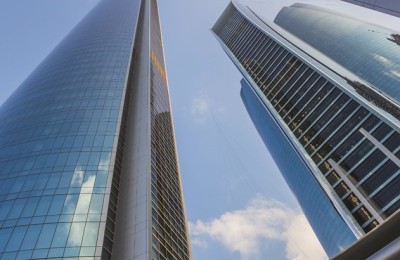
Karin Wasteson
The global high-yield default rate will rise to reach 5% in November this year, according to Moody’s Investors Service forecasts.
After November it will stabilize in the range of 4.5% to 5% through April 2017, according to Moody's April Default Report.
“We expect the oil price slump to continue to place upward pressure on corporate defaults,” said Sharon Ou, Moody’s senior credit officer. “Nonetheless, high-yield spreads have tightened noticeably in the past two months, signalling that the default rate could taper off next year.”
In the US, the default rate is expected to climb to 6.2% by the end of the year, but the slow pace of defaults in Europe is likely to act as a damper on the global default rate overall, said Ou.
The European speculative-grade default rate, which has been low since 2011, is expected to stay below 3% over the next twelve months. The 12-month European high-yield default rate decreased to 2.5% in April, from 2.7% in the prior month.
According to Moody's, continued stress from low oil and gas prices will see high default rates in the commodities sectors in 2016, with US default rates rising to 11.5% for Moody's-rated metals & mining companies, and to 10.3% for oil & gas companies.
Out of the 46 defaults recorded globally in the first four months of 2016, 18 were in the oil & gas sector and nine in metals & mining. From January through April last year, there were only 29 defaults.
Moody's-rated issuers that defaulted last month include Peabody Energy Corporation and Energy XXI Gulf Coast, that both filed for bankruptcy. "If defaults continue at the current pace for the remainder of the year, the default count for 2016 will come in at 138," commented Ou.
